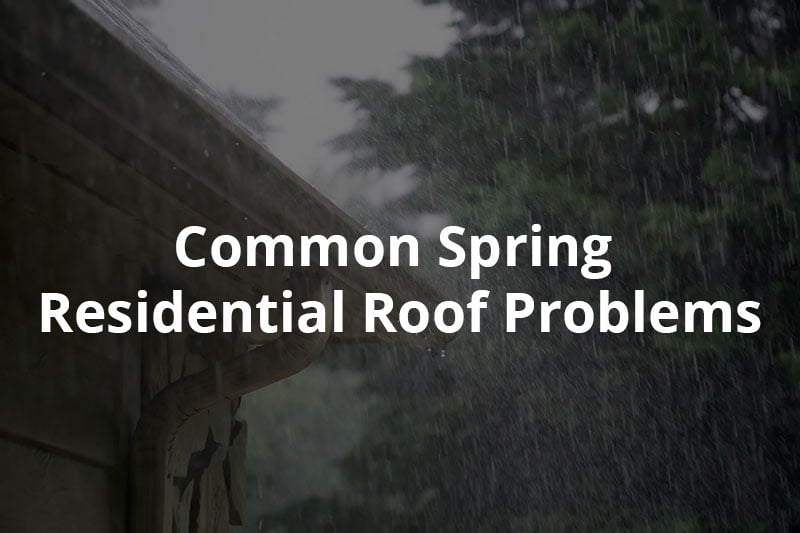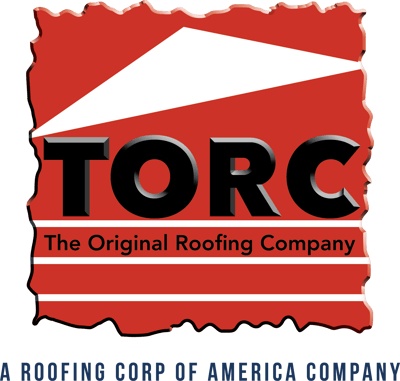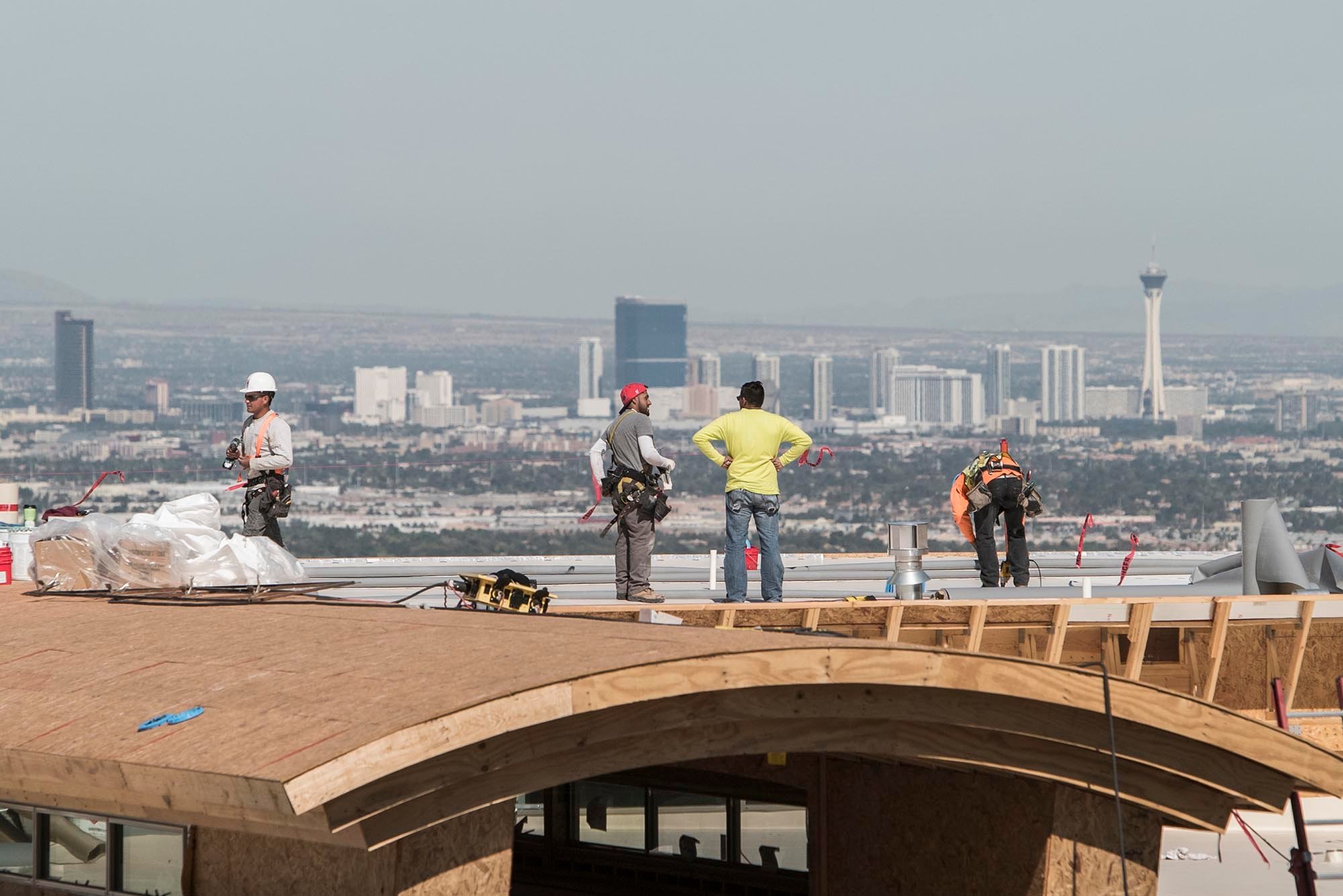
Now that the days are warming up, it’s time to start thinking about home improvements. Most people tend to ignore their roof until it starts flapping in high winds, or they find a dozen shingles in the yard, or water starts pouring into the living room. Your roof is the most important part of your house. After all, you could live without a door or even a wall, but you wouldn’t want to spend even a single a night (let alone a scorching desert summer day) living in a home without a solid roof over your head. And spring is the best time of year to start checking in on the most important part of your home.
Inspect Your Roof
It’s important to regularly inspect your roof, but if all you do is throw up a ladder, climb up and walk around checking to see if your foot comes crashing through, that isn’t going to do you any good…and may do you very bad! It also isn’t enough to just patch a few loose shingles. Although spot repairs may temporarily help, loose shingles are usually a sign of a bigger problem.
It’s never a bad idea to inspect your roof and should most definitely be done regularly. The problem is many homeowners don’t know what to look for. Below we’ll take a closer look at exactly what you should be checking for, and how to know when it’s time to call in a professional.
Loose Roof Shingles
Loose roof shingles or tiles can be a sign of a failing roof that is coming to the end of its life. This is a very common problem for homeowners, especially in a location with frequent wind gusts, heavy downpours, and vastly changing temperatures and weather conditions. It may be that the membrane holding the roof system in place is loose or peeling off, and this may be causing the loosening of the shingles.
There are many major problems associated with loose shingles, chief among them being the obvious: leaking. But leaks, even if not severe enough to make their way directly onto your ceiling, can cause another major (and sometimes deadly) problem: mold growth. There is also your home’s aesthetic value to consider: nobody likes the look of a home with a bunch of missing shingles.
Related: How Much Does It Cost to Replace a Broken Roof Tile?
Damaged Roof Membrane
The rainy season combined with changing temperatures can quickly and permanently damage your roof membrane, which may crack or separate. The membrane is the watertight layer under your shingles – usually made of synthetic rubber or thermoplastic - designed to protect the interior of your home by keeping moisture out. Aging membranes could crack in winter and fail during spring rainstorms. It is virtually impossible to spot membrane failure without a professional roof inspection, until, of course, it’s too late.
Blocked Gutters
This can also cause roof damage because gutters are specifically designed to carry water away from your roof. When they are blocked or clogged the water travel slows or stops and rainwater begins to pool up in one area of the roof. It then has an opportunity to begin seeping through cracks.
You can sometimes identify blocked gutters from the ground level, identified by leaves or twigs sticking out. You may also notice only a trickle of water coming out of the downspout in the midst of a rainstorm, that is if you’re feeling up to going outside then.
Pest Infestations
Pests are another huge roof hazard and now that they’re coming out of winter - creating nests and seeking food - they can cause you a major problem. Believe it or not, many rodents can climb trees for easy access to your roof, so consider cutting back those trees! Loose shingles, uncovered attics, a cracked chimney or any structural damage to the roof itself are all an open invitation for pests like squirrels to join you as homeowners.
Birds, raccoons, mice, rats, ants, termites and many other creatures can access your home through a damaged roof or uncovered attic. Also keep in mind the damaged area they access may not be visible from the ground.
Other Problems
Here are a few other potential issues you should watch out for. Many of these can be spotted from the ground level:
- Damaged, bent or missing flashing
- Curling shingles
- Piles of granules on asphalt shingles
- Rotten wood on the roof underside
- Missing nails or fasteners
- Damaged sheathing
- Poor shingle nailing pattern
- Failing roof sealant
- Incorrectly installed starter strip (the first row of shingles at your roof’s edge)
Many homeowners perform a roof inspection only when a problem is already occurring, and that can lead to disastrous consequences, including a full roof and ceiling replacement in the worst-case scenario. Your home is probably the most cherished and expensive possession you own, and your roof is the most important piece of that, so treat it well. Don’t wait until there’s a problem – have your roof professionally inspected annually so that small problems don’t turn into big ones.





